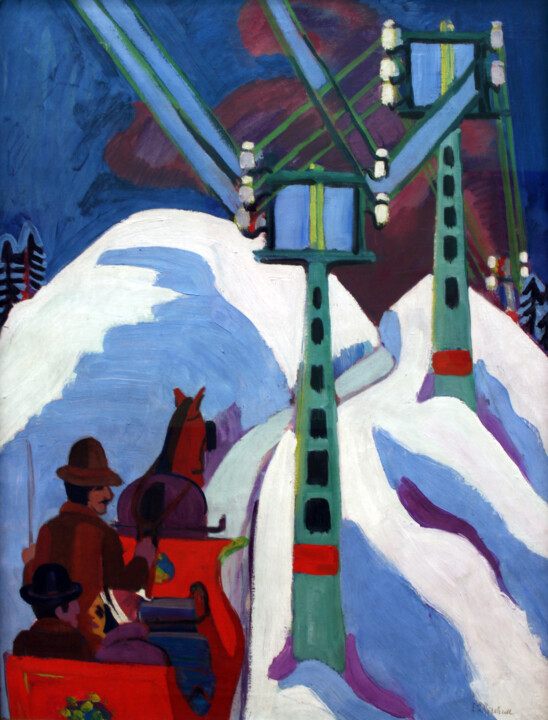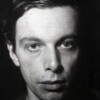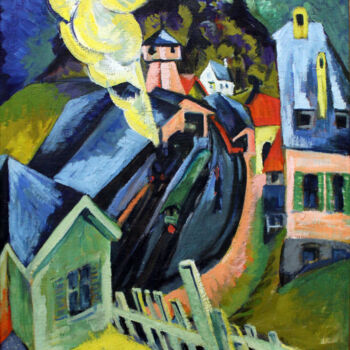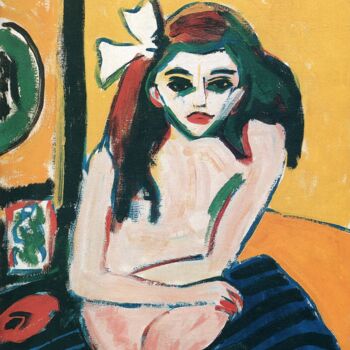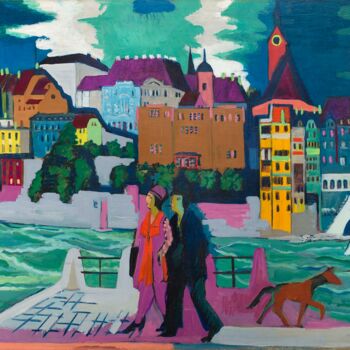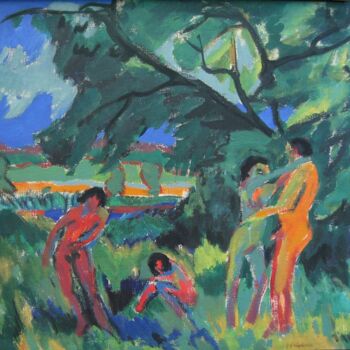La promenade en traîneau (1923) Painting by Ernst Ludwig Kirchner
Seller Artmajeur Editions
Seller Artmajeur Editions
-
Original Artwork
Painting,
Oil
- Dimensions Dimensions are available on request
- Framing This artwork is not framed
- Categories Expressionism Everyday Life
Related themes
Ernst Ludwig Kirchner was born on May 6, 1880, in Aschaffenburg. He was one of the most important Expressionist artists.
He went to school for architecture in Dresden, and in 1905, he joined Die Brücke (The Bridge). During this time, Kirchner went from being an impressionist to being an expressionist. His favorite things to paint were portraits, naked people, landscapes, cityscapes, and a lot of different things. He didn't do very well with his paintings in Dresden, so in 1911 he moved to Berlin. But even there, things didn't get much better for him. In 1911, Kirchner took part in an exhibition put on by Max Pechstein, with whom he later opened a painting school. The painting school did not do well either. Kirchner wrote a history of Die Brücke in 1913. This led to the end of the group.
Kirchner took his summer vacation on the island of Fehmarn, where he made a lot of paintings. When the First World War started in 1914, he joined the army. He had to leave for mental health reasons and had to take medicine. Even though he had been in the war and was sick, he made large works of art in a sanatorium. In 1917, when he was paralyzed and living in Switzerland, his wife Erna Schilling sold his art in Berlin.
The National Socialists got rid of his works of art in 1937. More than 600 were sold or thrown away. On June 15, 1938, a year later, the painter killed himself.
-
Nationality:
GERMANY

- Date of birth : unknown date
- Artistic domains: Represented by a Gallery,
- Groups: Contemporary German Artists Artists presented by a gallery

